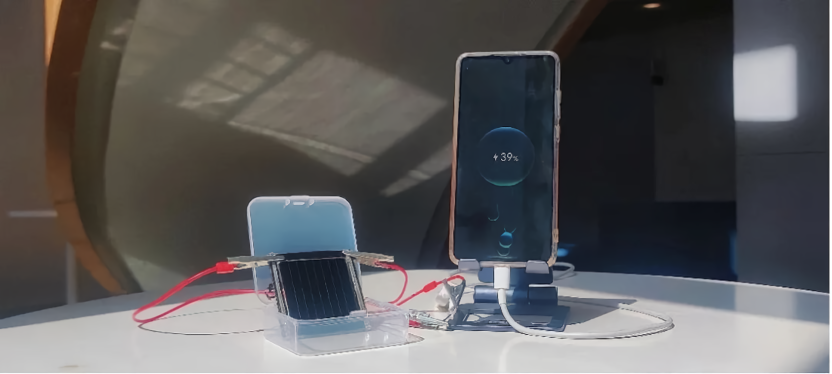The High Technology Research and Development Center (HTRDC) of the Chinese Ministry of Science and Technology announced the annual Top 10 Science Advances for 2022 on March 17, 2023. This marks the 18th election and release of the Annual Top 10 advances, an effort made by the ministry and five academic journals to promote scientific advancement and increase public awareness of science. Results published between December 1, 2021 and November 30 of 2022 are eligible for nomination and competition.
Jointly led by Dr. TAN Hairen from Nanjing University and Dr. Edward H. Sargent from the University of Toronto, a team of scientists has made a significant progress in developing metal-halide perovskite-based tandem solar cells. This advancement may bring us closer to a new era of affordable, high-efficiency solar energy solutions.

The study, entitled “All-perovskite tandem solar cells with improved grain surface passivation,” was published in Nature on January 17, 2022.
Perovskites are photovoltaic (PV) materials with tunable bandgaps, making them ideal candidates for tandem solar cell applications. However, low photocurrent densities have restricted the power conversion efficiency (PCE) of all-perovskite tandem solar cells. Researchers have thus sought to improve carrier diffusion length in lead-tin (Pb-Sn) perovskite films.
Grain surface passivation, a technique that reduces trap density at the surface and grain boundaries of the film, shows promise for increasing carrier diffusion length. Previously, grain-surface-passivated Pb-Sn perovskite films were limited to thicknesses under 1 micrometer, thus insufficient for achieving higher matched photocurrent densities in all-perovskite tandem solar cells.
TAN and his colleagues have now devised a method to enhance the adsorption of passivating agents during perovskite film formation, allowing for more comprehensive coverage of defective sites on grain surfaces. This innovation is expected to increase the diffusion length in thicker Pb-Sn perovskite films, facilitating the use of thicker absorber layers and higher photocurrent densities in all-perovskite tandem solar cells.
The researchers developed a scalable manufacturing technology for large-area tandem photovoltaic modules, employing a dense semiconductor barrier layer to prevent contact between the perovskite and metal back electrode in the interconnected module area. This innovation significantly improved the photovoltaic performance and stability of the modules, resulting in a tandem module with an internationally certified efficiency of 21.7% (with an area of 20 cm2).

